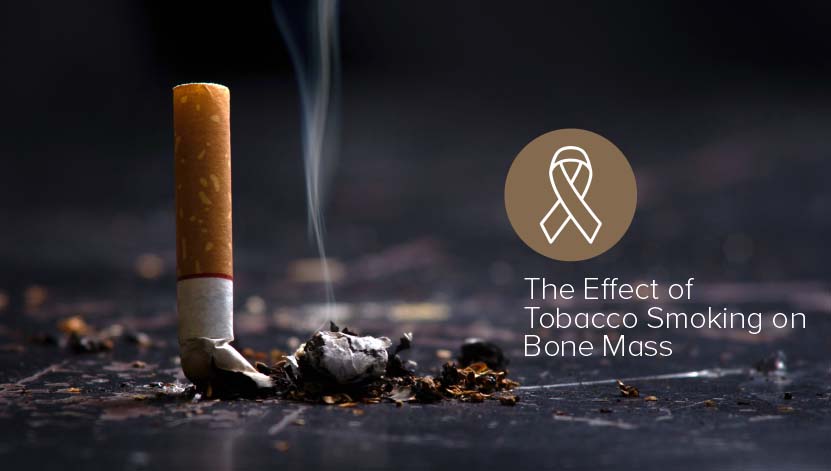Bones are the silent scaffolding upon which our bodies stand, grow, and move. Each day, in the quiet rhythm of a complex ballet, our bones renew themselves in a delicate dance of tissue breakdown and rebuilding. However, for the 1.1 billion tobacco smokers globally, their choice of habit often locks them in a clandestine battle against their own skeletal system.
